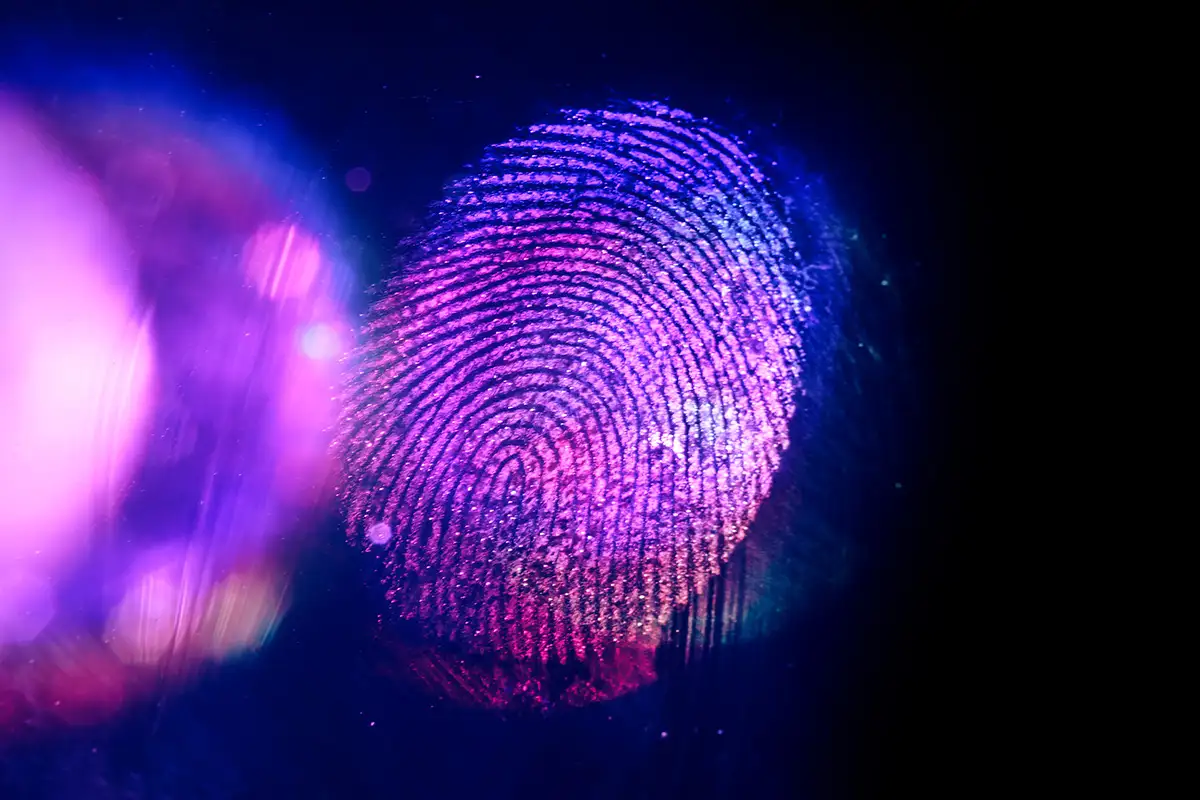In an era where artificial intelligence (AI) is revolutionizing various fields, a groundbreaking development in fingerprint analysis is making headlines. Researchers have developed an AI tool that can determine whether prints from different fingers belong to the same individual. This innovation could transform forensic investigations and potentially solve numerous cold cases.
Key Highlights:
- AI technology can now identify if fingerprints from different fingers are from the same person.
- The AI model, developed by Columbia University, shows 75 to 90% accuracy.
- Traditional forensic methods focus on minutiae; the AI analyzes ridges’ orientation and center swirls.
- The AI’s capability could link separate crime scenes to a single individual.
- The discovery challenges the long-held belief of unique fingerprints for each finger.

Detailed Insights:
- AI’s New Approach in Fingerprint Analysis: Unlike traditional methods that focus on minutiae, the AI developed by Columbia University examines the orientation of ridges and the curvature of the swirls in the center of fingerprints.
- Accuracy and Efficiency: The AI tool demonstrates an accuracy rate of 75 to 90%, offering a promising new technique for forensic investigations.
- Potential Law Enforcement Applications: This technology could be instrumental in linking fingerprints found at various crime scenes to a single individual, enhancing the capability to solve complex cases.
Revolutionizing Forensic Science with AI
The Breakthrough Study
A team from Columbia University has trained an AI model to analyze over 60,000 fingerprints. This model focuses on ridge orientation and the swirls’ curvature at a fingerprint’s center, differing from traditional methods which emphasize minutiae – the way individual ridges end and fork.
The Impact on Law Enforcement
Law enforcement agencies could see significant benefits from this technology. For instance, if different fingerprints from the same person are found at multiple crime scenes, this AI tool could link them together. While its accuracy, currently between 75 and 90%, is not yet high enough for definitive legal conclusions, its potential in preliminary investigations is immense.
Challenging Forensic Norms
A Paradigm Shift
This discovery confronts the long-standing forensic assumption that each fingerprint is unique. Traditional fingerprint analysis has relied on this principle for decades, but the AI’s new method of examining the curvature and angles of central swirls suggests a different approach.
Overcoming Skepticism
The research initially faced skepticism and rejection from forensic journals due to entrenched beliefs in fingerprint uniqueness. However, perseverance and additional data analysis led to its eventual acceptance and publication in “Science Advances.”
The Future of Forensic Investigations
Enhancing Criminal Investigations
The application of this AI technology in forensic science could revolutionize how criminal investigations are conducted. By linking fingerprints from different fingers of the same person, investigators could solve cases that have remained cold due to the limitations of current methods.
Caution and Further Research
While the potential is significant, the research team stresses the need for more comprehensive validation using broader datasets. This caution highlights the importance of accuracy and reliability in forensic science, especially when the results have legal implications.
AI’s Expanding Role
This breakthrough exemplifies how AI can provide new insights into long-standing scientific beliefs, demonstrating its growing impact across various fields, including forensics.
Embracing New Technologies
The forensic community is encouraged to embrace these new technological advancements. Integrating AI into forensic investigations could significantly enhance the accuracy and efficiency of criminal case resolutions.
In summary, the development of an AI tool capable of linking fingerprints from different fingers of the same person is a notable advance in forensic science. It challenges existing principles, offers new avenues for solving cold cases, and underscores the transformative power of AI in scientific discovery.


















